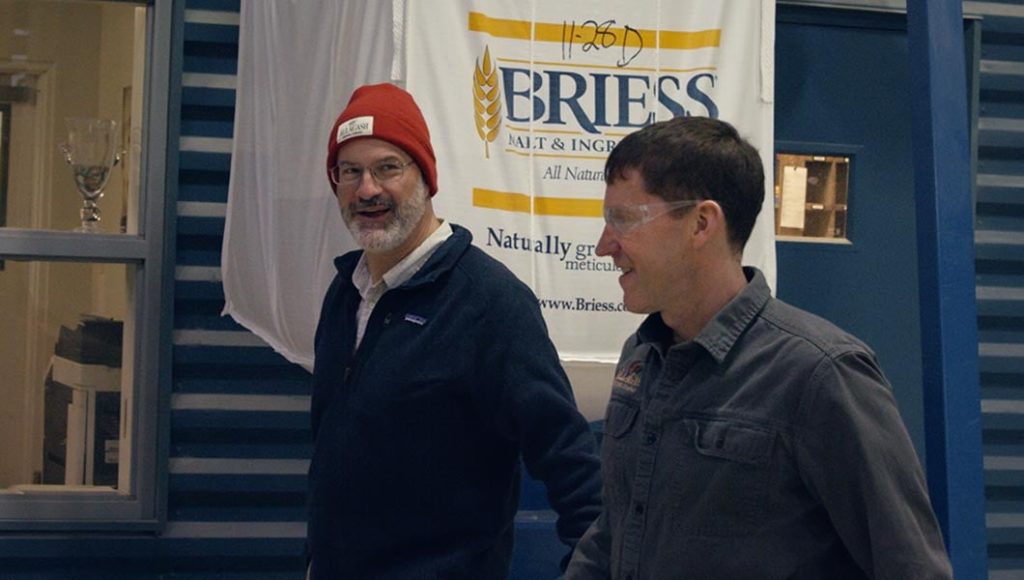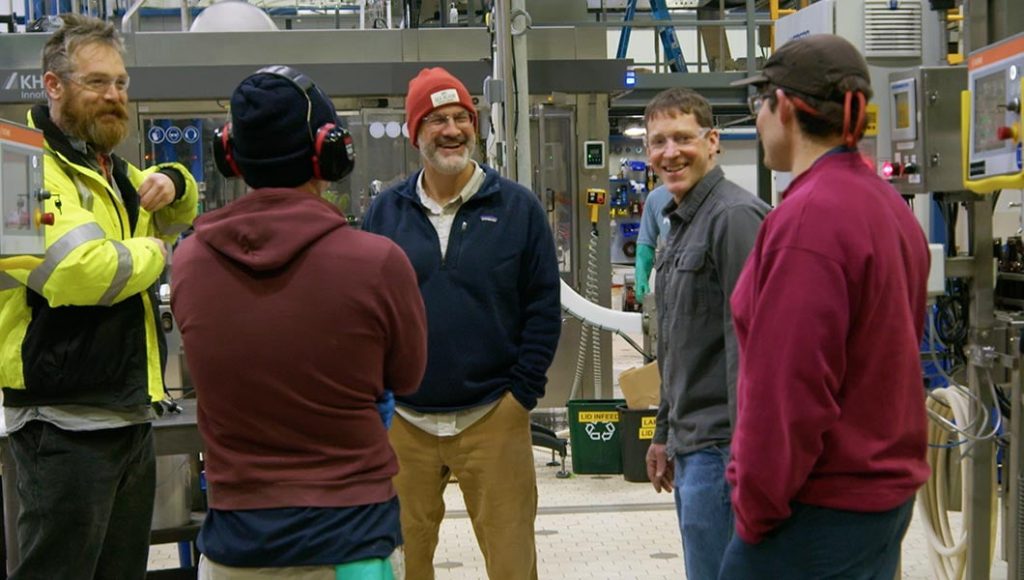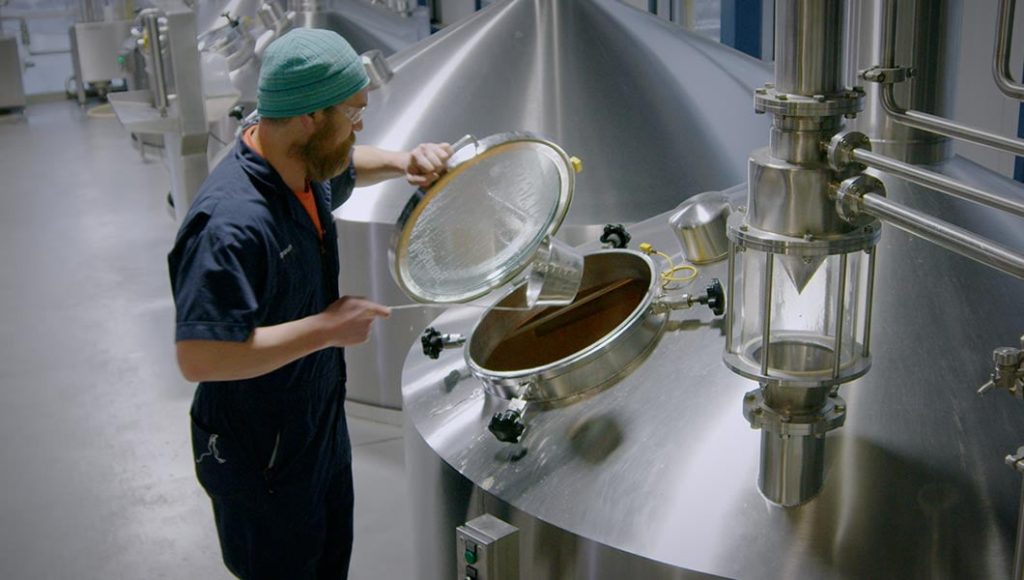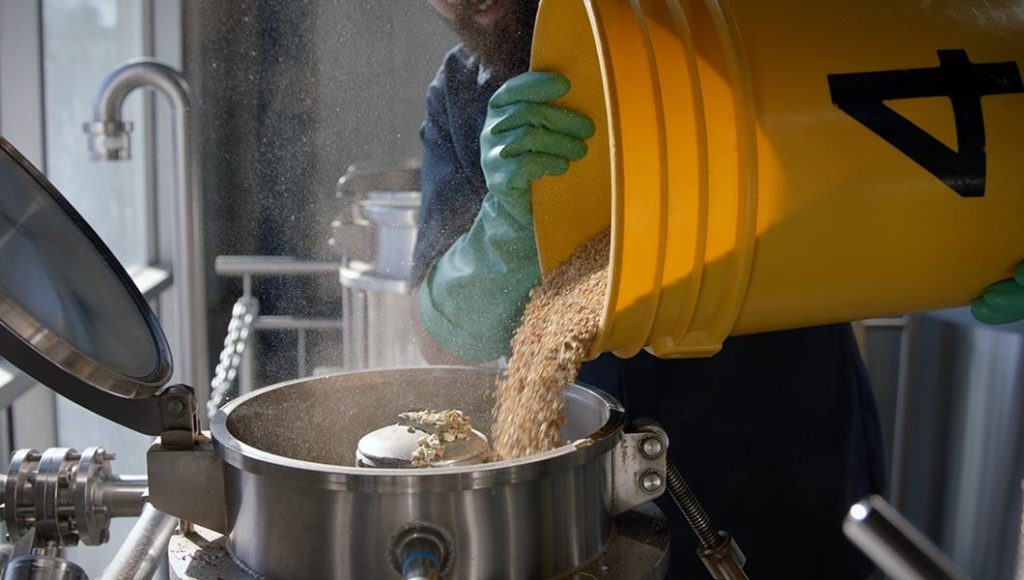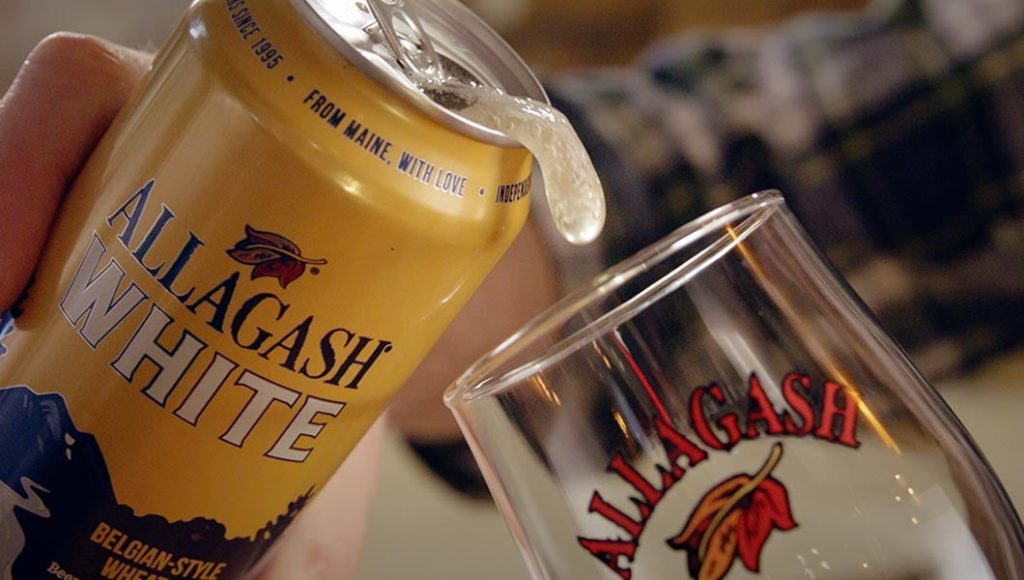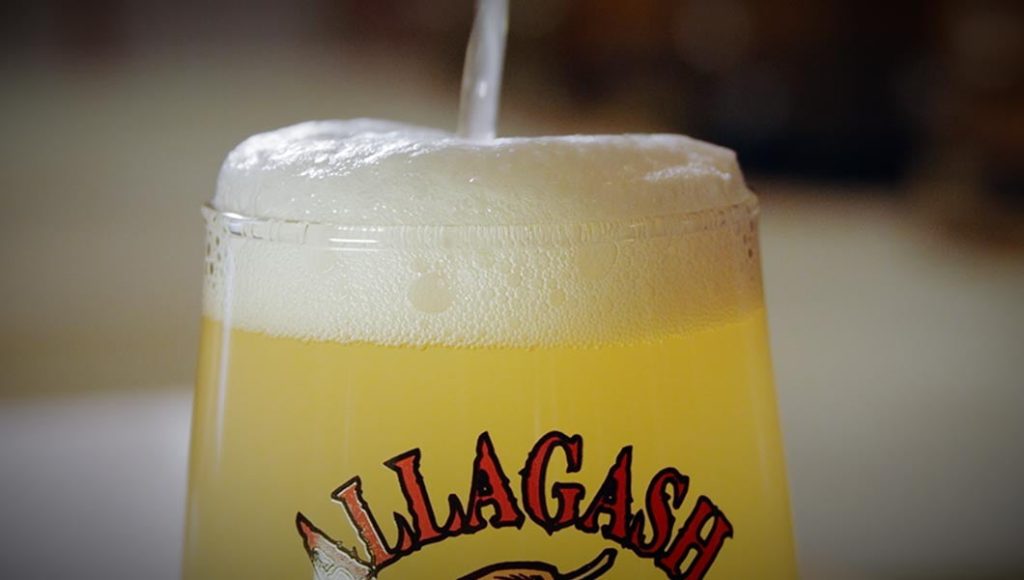Why We Brew With Briess
Rob Tod + Jason Perkins, Allagash Brewing Co.
What first drew you to brewing?
Rob replied, “I’ve liked to make things with my hands since I was a little kid. I’m not good at sitting at a desk for a long time. I wasn’t good sitting at a desk when I was in school. I just like to be active. I like to create things and make something tangible. That’s what drew me to brewing. And, you know, I love it more now than I did, I think, when I first discovered it 30 years ago.”
Jason had this to say, “There is something about that hands-on creation of something yourself that I think drew me to brewing in the first place. The ability to create something from raw material, something that’s grown, you know, grown in the Earth, and be able to create something so delicious. And then on top of that, the craft beer industry is about as good as it gets. I have a love for brewing, but I also have a love for this industry as well.”
How long have you been brewing with Briess malts?
Rob said, “I’ve been brewing with Briess for 30 years right now because I brewed with Briess at Otter Creek Brewing in 1993 and now it’s 30 years later.”
“Briess has been in every batch of Allagash White since we started brewing it in 1995.”
Can you tell us about your Brewing/Brewery history?
Rob explained, “I started on a shoestring budget. I didn’t have a whole lot of resources to get going. So the plan was to do a lot of the work myself, I leased some space in this building. 4,000 square feet out of a 10,000 square foot warehouse and spent about eight months just cobbling the brewery together. The other thing that appealed to me about putting it together myself is that we’d have a unique brewing system. There was a lot of squeegeeing, Jason was around in those days. A lot of squeegeeing. Hours and hours with the squeegee because we didn’t have pitched floors.”
What is your experience working with Briess?
Rob said, “I started working with Briess Malts back in 1993 at Otter Creek Brewing, and even at that time, we did have a relationship with Briess and the employees…and that’s why I chose Briess when I started Allagash, and we’ve been working with Briess ever since. For me, the support was always there. At the time, there was a woman named Mary Anne Gruber who was in charge of quality. Definitely not a month passed where I wasn’t on the phone with Mary, she’d always answer. She was always there, you know, to help and support us with whatever challenge we were facing in the brewing process.”
Jason replied, “As Rob said, we continue to really reach out and rely on the technical team there. I worked a little bit with Mary Anne in the early years and then Bob Hansen and now the team with Betsy and Jordon and the rest of the crew there. I also have always gotten a sense in my visits to (Briess) Chilton and to Manitowoc, there are some similarities of Briess and Allagash in terms of a lot of long-standing employees — been there a long time. Similarly, we have that good fortune here as well. They are family-owned, of course. The sense of passion for the work has similarities to the way we operate here at Allagash.”
Do you have a favorite Briess Malt?
Jason explained, “When I think about some of my favorite grains that Briess produces, a couple come to mind. It’s hard for me not to say the base malt that we use is a blend of a couple of their products at our specifications. It just allows us to, you know, hit the quality that we want in Allagash White and the rest of our beers.”
“Victory is one of my personal favorites. I think I’d be hard-pressed to find any other malts like it out there that produces that same real nice kind of biscuit note.”
Rob said, “My favorite grain that Briess produces would be their Carapils®. It plays an important role in the Allagash White by delivering a great mouthfeel and silkiness to the beer without the sweetness…keeps it sessionable.”
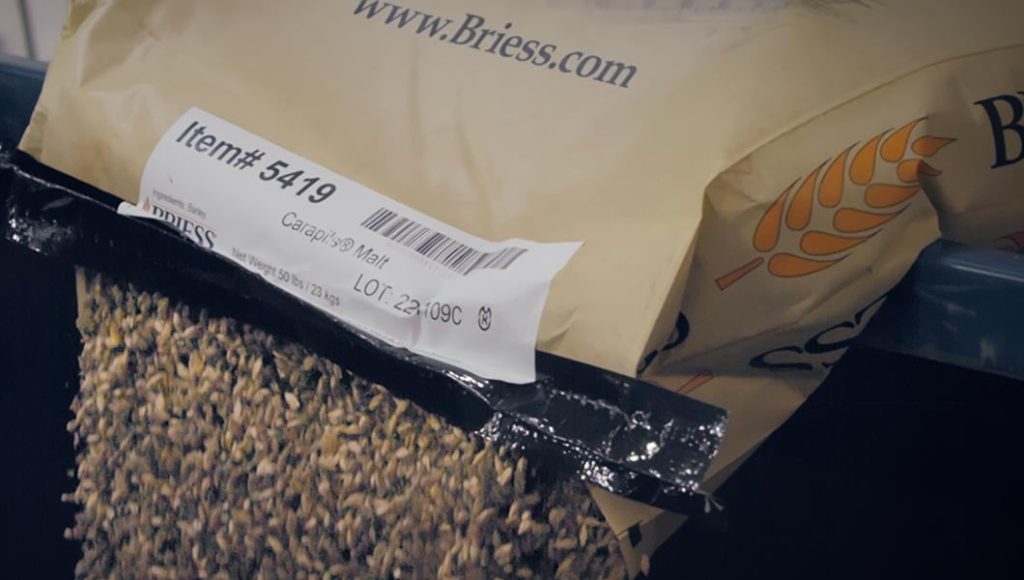
Jason went on to say, “One of the things that make Allagash White and the white beer style good, when it’s done correctly, so wonderful is just there’s a ton of complexity of flavor pieces to the beer. So you’ve got, you know, inputs from the yeast character is a huge part of it. The aromatics that you come from the fermentation in the yeast we use. Spices, coriander, and orange peel are a big component of it. All those need to be in balance. Two different types of wheat: malted red wheat, and unmalted white wheat. We use a portion of oats, base malt, and then Briess Carapils® in there as well.
Can you tell us about what makes your flagship beer Allagash White so great?
Rob answered, “Just the balance and complexity. I’m still, after nearly 30 years of brewing this beer, still discovering new flavors in it. So sometimes I might get a little bit of smoke or a little bubblegum or some spice or some of that wheat character…and then it’s just sessionable. There’s so much going on with the white beer style, but it’s a really sessionable drinkable beer.”
Jason replied, “I think that’s why this beer appeals to so many people is if you want to fuss over the beer and get into the details and all the nuance of it, you can. But if you just want to drink it and enjoy the drinkability…the sessionability of it, you can do that as well.”
Has Allagash White changed since you first started brewing it?
Rob told us, “I get asked all the time…does this beer taste different now than it did back in 1995? And I say no, it tastes exactly the same as it did back then when we were actually able to nail it and get it just the way we wanted to get it…which back then honestly was probably only 10% of the time. We just didn’t have anywhere near the quality resources that we have now. We have a state-of-the-art custom-made German brew house. We have a lab staffed with seven full-time people. We have monitoring devices that I never dreamed we’d be able to have that measure parts per billion and oxygen at every stage of the process. So, I mean, the beer does taste exactly the same as it did back in ‘95 when we actually nailed it. And now I feel like 99.98% of the time we’re hitting exactly what we want with the quality of the beer.”
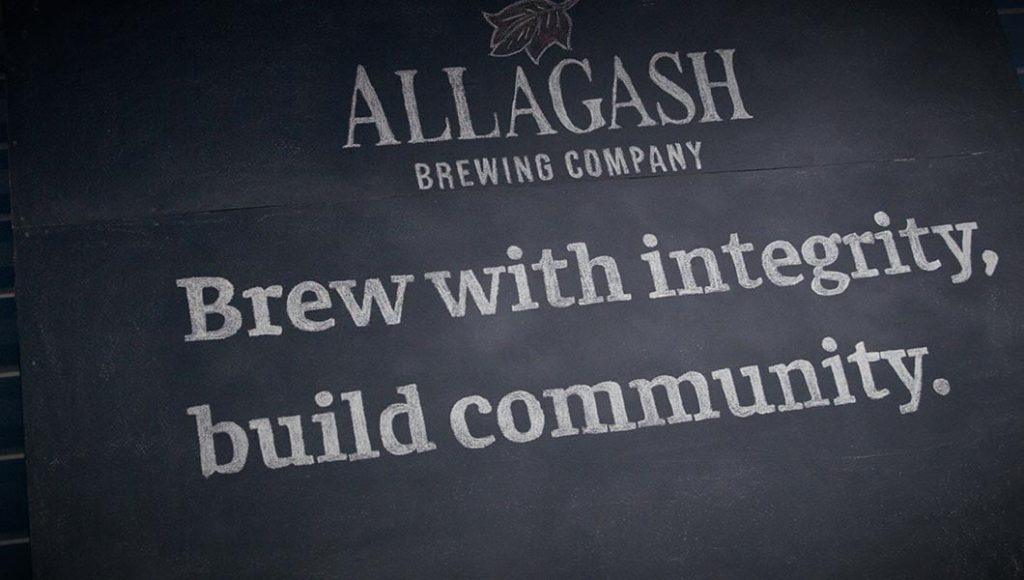
Why do you like to brew with Briess Malts?
Jason closed with, “The vast majority of the beer we make here has Briess malt and grains in it and has really from day one. There’s a whole bunch of reasons for that, but it really comes down to the quality of the grain and the quality of the product we’re getting from them.”

